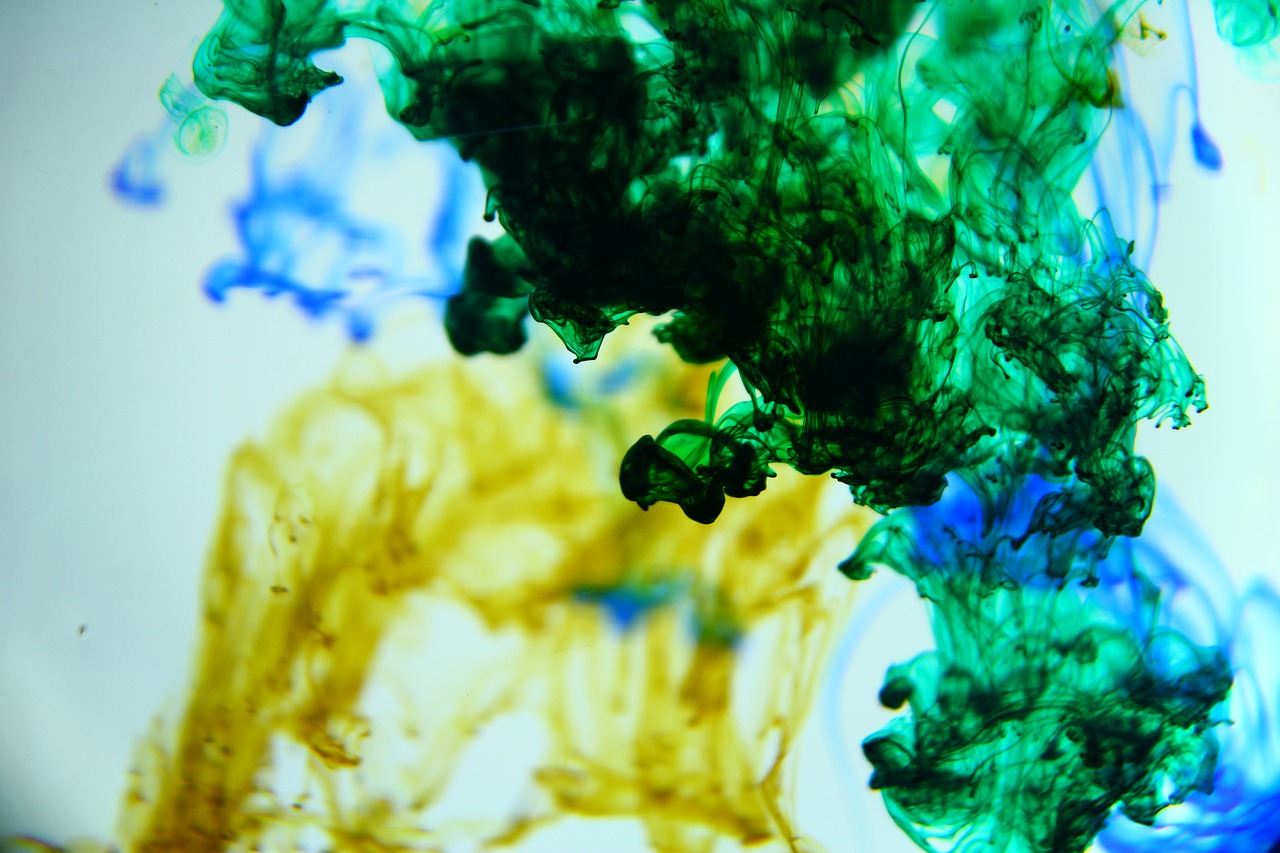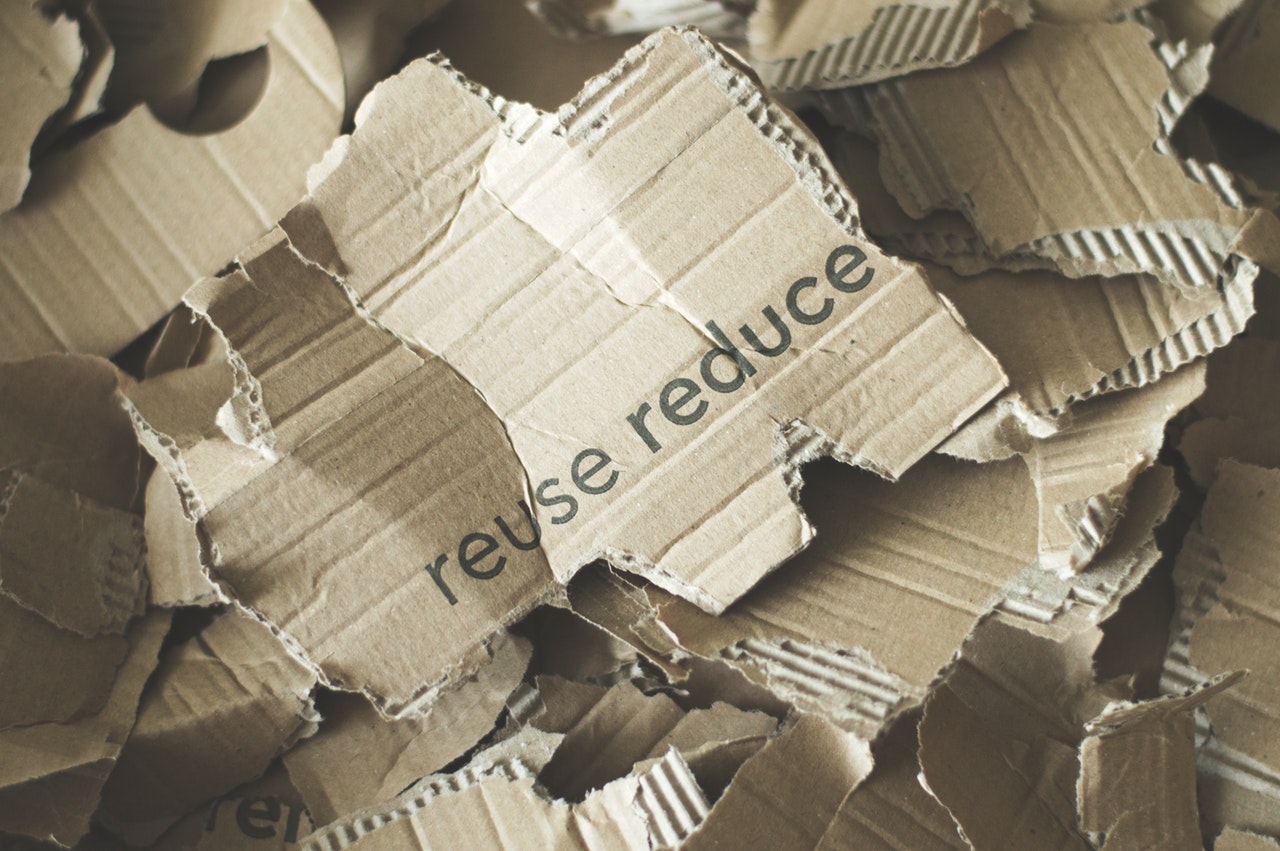Looking for some advice?
Despite the ongoing challenges presented by Covid19, we’re here to help. If you’re working on a large format project, and have any questions, please get in touch via our contact form – our expert project managers are on hand to answer any of your questions.
While print suppliers such as PressOn make use of a whole spectrum of colours on a daily basis, there’s a distinct feeling that green is becoming – and has become – the most popular. We’re not talking about a Pantone Colour Of The Year here, we’re talking about sustainability.
It’s hard to deny that sustainability has become something of a buzzword in recent years, and for good reason. With the sheer scale of the impact of our emissions now apparent, people and businesses worldwide are realising that we need to shape up when it comes to protecting the environment.
The jury is no longer out, and the research seems conclusive: if we’re going to avert a global climate catastrophe, we’re going to need to cut our emissions to zero by 2050. That means everyone, and every industry, needs to be on board – and that includes print. Fortunately, it looks like the industry is shaping up when it comes to environmental responsibility – and while we’re certainly not there yet, things are starting to look a little greener in the world of wide format… So exactly how environmentally friendly is large format printing?
Let’s explore…
Why does sustainability matter?
A full explanation of the general importance of our planet’s health is probably beyond the scope of this piece (safe to say there’s a lot to talk about!) but we think it’s important to identify why sustainability matters for print particularly.
Large format printing, due to the nature of its place in the supply chain of out of home (and other forms of advertising) has meant that as an industry it has largely been out of the firing line when it comes to environmental concerns. Energy suppliers, transport companies, food producers – these are the industries who have felt the impact of the demand for sustainability most prominently. But this is changing.
There are few industries that can deny both their impact on the environment, and how they can reasonably take steps to reduce this – and this increased level of understanding is becoming increasingly significant to the client. Our customers don’t just want to know how their products are made, they want to know what kind of impact they’re going to have.
Many traditional print solutions, particularly solvent-heavy inks and plastic-based materials, are far from sustainable and can generate significant emissions. We’ll be the first to admit it. But clients across all industries are not only more aware of this – they’re more insistent that we address it.
Businesses are now making strong commitments to measurably reducing their carbon footprint, and this focus is having a direct impact on the businesses in their supply chains – that means print suppliers better start thinking about these things, or they’re going to find themselves outmoded, and outdated as new, greener alternative solutions emerge.
Print and the Revolution – a large format link to the environment
The print industry has had somewhat of a tumultuous relationship with sustainability in the past – this isn’t down to a lack of good will towards the environment, it’s simply down to the technology and process of how printing has traditionally been completed.
In terms of environmental impact, rather than trying to gauge the industry as a whole, it makes more sense to look separately at the key elements of the print process: the materials used, the machinery and equipment involved, and the processes (such as the supply chain) that allow this to happen. When we do, it becomes apparent that the solutions – or at least the concepts – for addressing many of the present issues are already there…
More sustainable materials
Frustratingly, many of the standard materials that have been used in large format printing for decades – including the inks, solvents, and substrates used in many printed solutions – are far from environmentally friendly.
Fortunately, this is also one of the key areas of innovation when it comes to approach and technology. Print suppliers are becoming more concerned with sourcing and supplying greener alternatives to suit changing client demands, and this in turn is instigating suppliers to move towards greener substrates, inks, and other materials.
Inks
The inks involved in print are often some of the most problematic materials. Many traditional inks use solvents or eco-solvents (the latter being less environmentally friendly than they sound), which mean they exude a cocktail of chemical emissions when they’re used. This isn’t good news for the planet.
There are, however, alternatives. UV-curing or water-based inks are far less harmful in terms of emissions, and they’re becoming more commonplace in the industry. There are also inks that are designed specifically to break down easily during recycling (which is particularly relevant for printing on paper and board). What’s notably helpful for print suppliers is how widely accessible these have become for use in some of the most popular print equipment.
For the display market, print products that can last for long periods of time outdoors without degrading in quality are extremely important, and fortunately, many of the eco-friendly inks (water-based, latex-based etc) mentioned above are now of such a high standard that this isn’t a concern. Often, even the packaging for these products is made from card and is recyclable!
Substrates
The substrates – the things that actually get ‘printed on’ during a project – involved with large format print also have a pivotal role in sustainability. Traditionally, many ‘go-to’ substrates have been high in PVC. This is problematic, simply because the production, use, and disposal of PVC-based products involves heavily toxic, non biodegradable materials migrating into the environment.
Whilst PVC has presented a quick, easy, and affordable solution for printers, it’s not been a particularly green solution, but fortunately that’s changing. Soft signage, such as tension fabric systems, are now available – and they’re being more actively embraced by clients: PressOn have recently completed a project for Limited Space and Vashi, involving tension fabric box banners that are set to be recycled rather than thrown away.
Other alternatives to standard vinyl are also being more commonly used, in some cases notably by large, iconic brands – which is very reassuring. A great example of this is polypropylene vinyl. This might sound about as chemical-based as it gets, but it’s actually classified as low to moderate in terms of its impact (far better than PVC vinyl).
New print equipment
It isn’t just the inks and substrates that have an impact on the environment, but the printers that actually use them. New print technology emerges every year, and while there has always been a spirit of innovation within the industry – finding ways to reduce print time, or improve quality – there has recently been a more notable push towards designing printers with sustainability in mind.
Possibly one of the best examples of this is HP’s move towards printers that use totally solvent-free inks. As one of the largest print equipment suppliers in the world, HP have become clearly and distinctly aware of their influence and potential power in changing the way large format printers operate in terms of sustainability, and they have committed to the production of equipment that fulfils these targets.
HP Latex printers (such as the Latex 3500 or Latex 3600, both of which are in use here at PressOn!) don’t use any UV in the printing process, and utilise only water-based latex inks – meaning no solvents are involved. To top it off, these printers don’t make any kind of compromise when it comes to quality or efficiency too, meaning print specialists don’t need to make a sacrifice in their output in the name of the planet.
New Attitudes
Arguably more importantly than new inks, printers, or other hardware, is the shifting attitudes of those involved at every stage of the large format supply chain. Our industry is changing, and everyone, from our clients to our partners, appears to be changing the way they think along with it.
It’s not just that we’re becoming more aware of the impact we have on the planet, but we’re starting to care more than ever about changing it. We want to actively improve our output and processes, and it’s exciting to see how we’re finding ways of helping one another achieve this.
Awards and accreditations such as GreenGuard now exist to recognise products that actively contribute to the protection of the planet, and these aren’t just examples of greenwashing – they’re genuine accolades that are hard-earned, and well-deserved.
Similarly, it’s extremely positive to see original and creative initiatives and incentives emerging from print suppliers and industry-leading businesses. A great example is HP’s ‘take-back’ scheme – having committed to recycling 1.2 million tonnes of hardware and supplies by 2025, HP offer a disposal service of all kinds of their large format equipment, from ink cartridges to whole printers.
The grass is getting greener
It would be premature to suggest we’re at the stage where we can call large format a truly ‘sustainable industry’. For that to happen, we need to eliminate any and all emissions from every stage of our supply chains, and realistically, that can’t sit entirely on the shoulders of large format print suppliers.
What we can say, with some assurance though, is that it’s clear we care more now than we ever have done before about the impact of our work. While some may be doing more than others, the wide format digital printing industry is setting its sights on a greener, brighter future for print – and we’re all for it.








